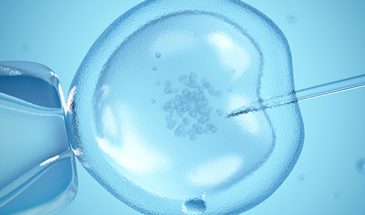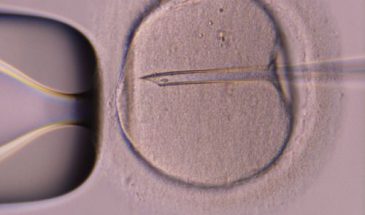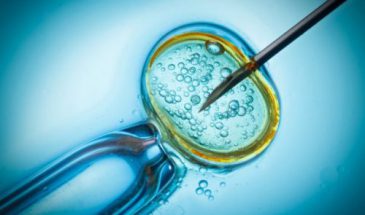- Overview
- Treatment Includes
- Treatment Excludes
- Booking
IVF – In vitro fertilization is one of several assisted reproductive technologies (ART) used to help infertile couples conceive a child. IVF is the process of fertilizing an egg outside of the human body and then placing them in the woman’s uterus.
The steps involved in the IVF process include:
Stimulating the ovaries
Collecting the eggs
Fertilization
Embryo transfer
About the Standard IVF Procedure
With most cases, in vitro fertilization is used to treat mild sperm abnormalities in males and fallopian tube or ovulation abnormalities in women.
The process begins with the selection of a treatment plan, by the physician, that addresses the unique fertility issues of each couple. The treatment plan is then reviewed, one-on-one, with the IVF Nurse Coordinator insuring that all of the couples’ questions and concerns are addressed. Injection training and further education is also offered on an individual basis to allow for a more personalized experience.
Couple will be required to come to the office several times for tests and procedures during the treatment cycle.
Many different medications are taken during a treatment cycle to assist or enhance the body’s normal reproductive process. We will establish a schedule to show you which drugs to take and when to take them. You will also learn how to administer these medications yourself.
Process of the Standard IVF Procedure
Stimulating the Ovaries
A dose of hormones are given to the woman in order to produce more than one egg, like in a typical cycle. Blood tests and ultrasounds are used to ensure the eggs are retrieved at the precise time.
Collecting the Eggs
When the woman’s follicles have reached an appropriate stage of development, the eggs will be retrieved using an ultrasound-guided aspiration needle.
Fertilization
Once eggs are retrieved and the male partner collects his sperm, the eggs are mixed with the sperm in a culture dish. If an egg is fertilized by a sperm, a zygote or pre-embryo will begin to develop. The pre-embryo remains in the incubator for two to five days while it continues to grow and divide.
Embryo Transfer
A healthy baby starts with a healthy embryo. That’s why we perform Preimplantation Genetic Screening (PGS) with IVF, a procedure to improve the chance for pregnancy by screening embryos for chromosomal abnormalities. You can learn more about this procedure by watching the video on this page.
After a discussion with the physician, an appropriate number of fertilized eggs (embryos) will be transferred to the uterus to optimize the pregnancy of a single healthy child. This procedure involves an ultrasound being used to guide a catheter through the cervix and into the uterine cavity. The embryo transfer is very similar to a pap test, in that it is generally painless and usually involves no anesthetic.
A pregnancy test will be conducted about two weeks after egg retrieval to determine if an embryo has implanted and is developing.
Included: consultations, scans, blood tests, egg collection, doctor’s fee,anesthesiologist fee, ICSI no extra charge, embryo culture, embryo transfer
Trip expenses (hotel room, air tickets etc)
-
TreatmentStartEndGroup (Min-Max)Pricing




